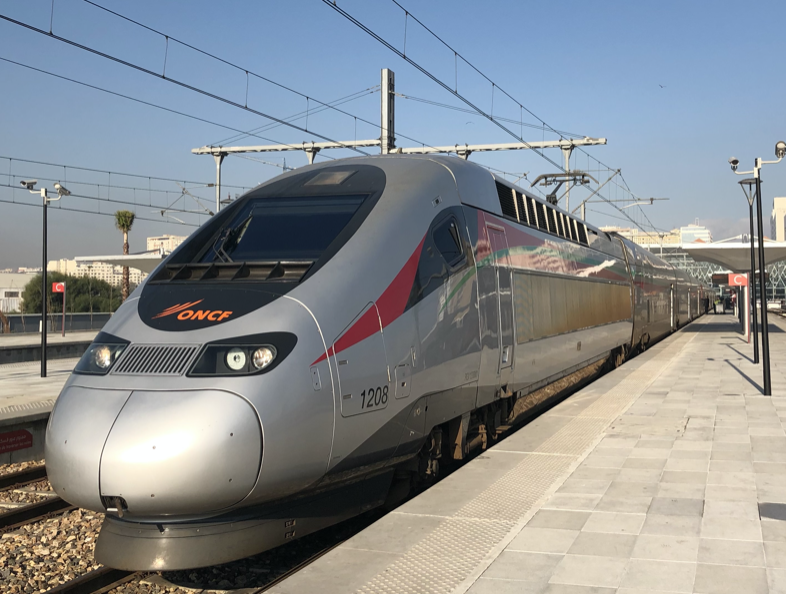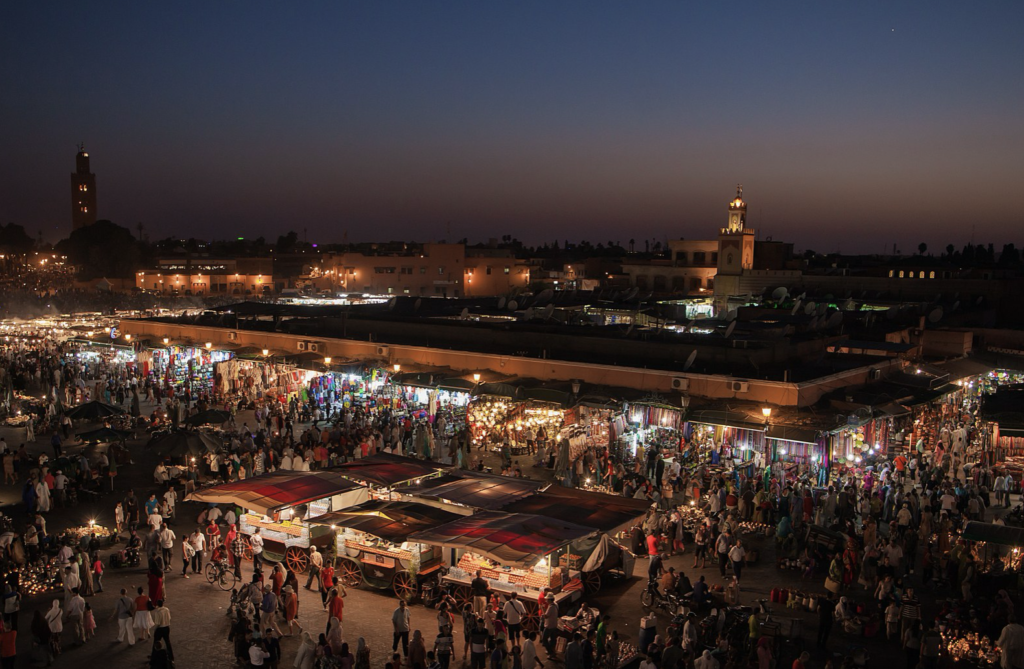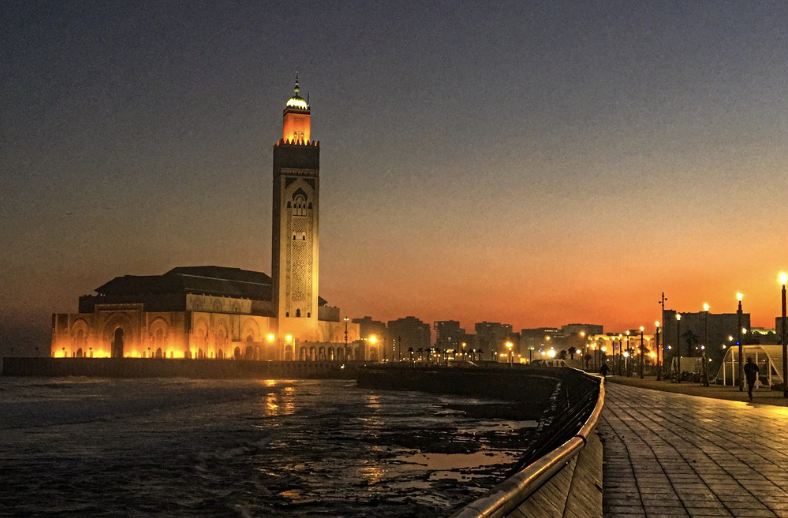Al Boraq: A Deep Dive into Morocco's High-Speed Train System

By: Nissrine Bedda / Arab America Contributing Writer
The nation of Morocco is made up of 67 diverse cities that make the country a spectacle, to say the least. From the grand souks in Marrakech to the tanneries in Fez to the marinas in Tangier and Tetouan, it’s by no surprise as to why Morocco is on everyone’s bucket list. The lack of creating an efficient transportation system in a country full of agricultural diversification makes it quite difficult to construct one of the world’s fastest trains, yet, Morocco has checked that accomplishment off of their lists.
In November 2018, Morocco inaugurated its high-speed rail system which recently made it among the top 7 fastest railway systems in the world. The high-speed line is part of the $37 billion plan to improve Morocco’s rail network, which aims to connect a total of 43 cities and create 300,000 jobs by 2040. It is hoped that 87 percent of the population will have access to rail transport by that date, compared to just over 50 percent today.
The Installation
The train service is named “Al Boraq”, named after an Islamic creature which was known for transporting prophet’s from Mecca to Jerusalem overnight. The goal is to transport Moroccan travelers from the tip of the Northern region, Tangier, to reach the Southern coast, including cities like Fes,Marrakech and Agadir. In November 2022, French construction, and engineering company Egis signed an agreement with Morocco’s national railway office (ONCF) for the construction of the Kenitra-Marrakech high-speed railway. Currently, the train operates from the northern city of Tangier to the central city Kenitra, close to the capital city, Rabat. Before the installation, a typical train ride from Kenitra to Tangier would have taken more than 6 hours. Now, it takes 45 minutes.
Al Boraq’s train system has not only lucked tourists out of a long journey from Morocco’s North to South, but has created an avenue for job opportunity in the country. A person working out of Kenitra can get to their workplace in Casablanca, which normally would have taken two hours, in about 20 minutes alone! In central hubs like Casablanca, Rabat, and Tangier; the high-speed railway has even an outlet for economic opportunity to prosper throughout the nation, hiring new employees, and growth of foreign investors. For example, Kenitra is a city known for having plants of french car maker parts which has only encouraged French enterprises to invest in Al Boraq, contributing to the diplomatic relations between the Euro-Moroccan nations.
Operation Marhaba 2030

Operation Marhaba, initiated in 2001, was a plan for the Moroccan diaspora to return back home by the end of 2030. The mission has allowed for the expansion of enterprises, agricultural growth, investment in architectural projects, and with that comes transportation. What makes Al Boraq so distinct is not only the speed of this railway system, but the timing. Timing is essential as Morocco works its way up to top tourist destinations. With the diversification of Moroccan cities, tourism has skyrocketed since the installation of the train system making it easier for foreigners to make their way through the country. With the 2030 World Cup being held in Portugal, Spain, and Morocco; Al Boraq will be a great way to transport soccer fans throughout the different stadiums making it right on time to watch their match!
A Railway into Modernization
Morocco’s progress toward modernization has accelerated significantly in recent years, making it a leader in the MENA region. The goal of this railway implementation into Moroccan society has to do with the advancement of economic prosperity in the nation for its people, increase job opportunities, and trade operations. With the nation’s renowned diplomatic reputation around the world, including the United States which holds Morocco close as Morocco was known to be the First Nation to ever recognize the U.S. as a nation; the transportation infrastructure makes its way to number 7 out of 10 of top 10 fastest high-speed trains globally .

More recently, with French President Emmanuel Macron’s visit to Morocco after six years, the Moroccan people can see a hopeful future ahead for future investments for infrastructural integration as the signing of 22 agreements to facilitate future investments as well as cultural and scientific partnerships were made. The investments are worth a total of 10 billion euros and include expanding Morocco’s high speed rail line southward to Marrakech, which the country hopes to complete before it holds events for the FIFA World Cup in 2030.
Morocco’s infrastructure is advancing rapidly, placing the nation firmly on the map and sparking anticipation across the MENA region. As Moroccans, we hope for further integration that boosts technological, economic, and operational progress, helping our people thrive in the post-pandemic era and beyond. Looking toward 2030, there is great potential for growth and prosperity.
Check out our blog!








